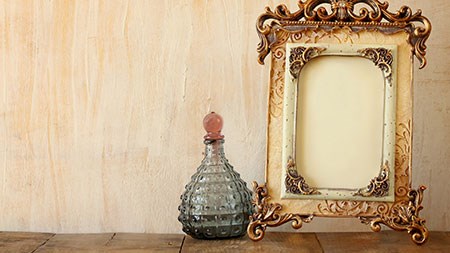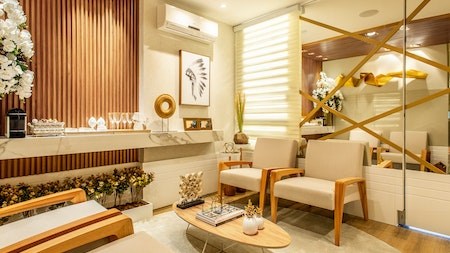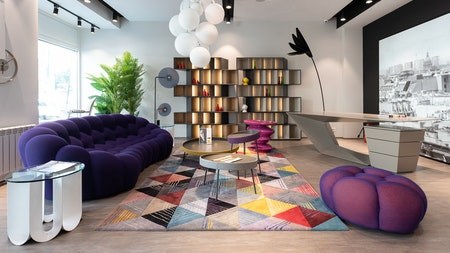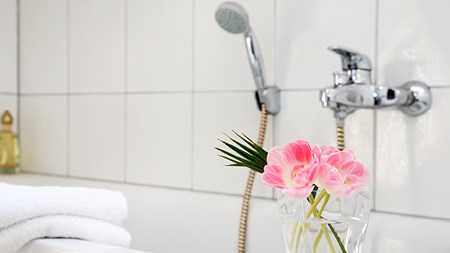Always dreamed of having a Victorian bathroom? This useful guide will help get you started.
We’ve all heard of Victorian architecture but where does the description come from? Victorian architecture refers to the type of architecture which came about during the reign of Queen Victoria who ruled from 1837 to 1901. It does not refer to any single type of architecture per se. Rather, it encompasses a variety of styles including Jacobethan, Renaissance Revival, Neo-Grec, Romanesque Revival, Second Empire, Queen Anne Revival, Scots Baronial, Arts and Crafts, Gothic Revival, Italianate and Neoclassicism.
A few characteristics set Victorian era homes apart. Many of the homes built during this era were narrow and tall, featured grand stairways, towers and turrets, beautiful, decorative exterior trims and bay windows. Victorian era bathrooms were also designed to impress and is a style which is still popular today.
Victorian era bathrooms were influenced in part by good hygiene and cleanliness which was becoming more widely practiced during the 19th century. Consequently many of the bathrooms of the age feature all-white colour schemes coupled with marble or tiled floors which were easy to clean. In keeping with the façade of the house, utilitarian objects such as vanities were turned into elegant, crafted pieces. Even toilets became works of art in some homes.
Indoor plumbing was a revelation of the time and was celebrated as such through the inclusion of elegant freestanding taps and mixers which were often made out of expensive materials such as brass. Wainscot walls comprising painted white panelling or glazed white subway tiles were also a key feature as were claw foot baths which became major showpieces. Chandeliers, gilt mirrors and tied back tassel curtains often completed the look.
It’s fairly easy if somewhat expensive to replicate a Victorian style bathroom today. Given the potential expense, it’s important to allocate a budget and stick to it when putting together a Victorian bathroom. Depending on your budget, you can either go all out or just focus on a few major points such as the bath, taps, floors, vanities and sinks and the toilet. It’s also important to plan ahead and not go overboard otherwise you could end up with a mishmash of elements as opposed to a unified, elegant bathroom.
As mentioned, baths were effectively the centrepiece of Victorian era bathrooms so it makes sense to start with this element and work around it. Nowadays, most upmarket bathroom retailers stock all manner of replica Victorian baths made out of acrylic, crystallite and porcelain. A few even stock bronze baths for the discerning buyer. Suffice to say there is a bath which will suit the look you’re going for.
Tap type is important. Typically, freestanding, floor mounted taps are associated with Victorian bathrooms. Again, the type of tap you want to install depends entirely on your budget. Just remember that modern Victorian style taps generally incorporate the latest plumbing technology and need to be installed by a professional given their freestanding design.
Floors and walls are other elements which play an important role in bringing your Victorian bathroom together. Plain tile colours, black and white checkered or hexagonal floors typically work best in Victorian bathrooms as do metro style wall tiles topped with a bullnose trim. Alternatively, you could incorporate a wooden, sealed floor and paint the walls in light, complementary wall colours which help create a light, airy feeling.
Victorian era vanities and sinks were typically highly ornate. Carved pieces featuring delicate scrollwork or motifs were not uncommon and were produced in a variety of colours. Replicas of such pieces can be found at most upmarket bathroom retailers. Of course such pieces don’t typically come cheap so it’s worth your while (if you’re on a budget) to look around at second hand furniture and antiques shops for these pieces.
In terms of toilets, high-level, chain pull toilets were the order of the day in Victorian times. These have of course now been replaced by low level and close-coupled cistern toilets. Again, retailers stock all manner of styles and designs. Ultimately the type of toilet you select depends entirely on your budget and personal taste. Generally speaking if you’re going for the Victorian look, the more traditional the better.
Lastly, if you can afford to stretch to all the other Victorian style elements, by all means do so as a few finishing touches can make all the difference. For instance, you could include a few tufted plush chairs, a replica chandelier, some freestanding mirrors, one or two luxurious curtains and even a bidet if that appeals to you. After all, Victorian bathrooms are all about grandeur and such touches won’t fail to impress.




